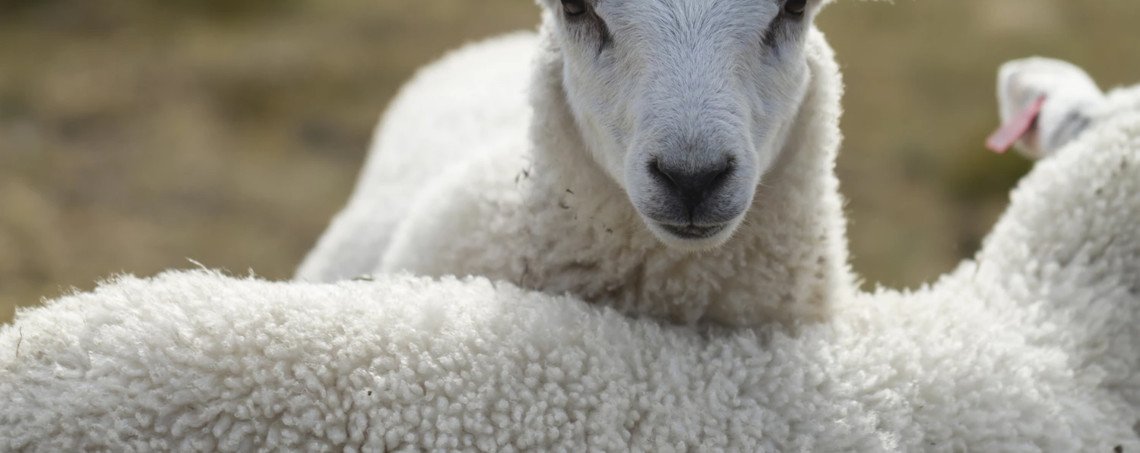Wool
PROPERTIES OF WOOL
Wool fibre is composed of keratin, a substance similar to that of hair. Wool has a very high isolating property, thanks to the cushions of air formed by the undulations of the fibres. More the wool is fine and undulated, the major is its thermal isolation power.
Wool is the most hygroscopic fibre, as its absorbs a quantity of humidity equal to 30% of its own weight, without appearing wet. It absorbs aqueous steam avoiding contact between the body and the wet garment and resists dirt with its hydro repellent surface. Wool fibre is elastic, uncreasable, and therefore very resistant to wear.
- durability
Wool fabrics are very durable and flexible. It can withstand being bent 20,000times without breaking. In comparison, cotton breaks after 3,000 bends and rayon can only be bent 75 times without breaking.
- comfort
Wool is an excellent insulator. It keeps heat close to the body by trapping still or dead air within the fibers. To a certain degree, wool is considered water repellent. Small amounts of liquid, such as spills, light rain or snow, will stay on the surface or run off the fabric. Wool fabrics also wick moisture away from the skin, keeping the wearer dryer when sweating and cooler when hot.
- care
Wool garments do not soil easily and are not easily spotted by grease and oils. These characteristics decrease the need to clean wool garments after every use. Recommended care for most wool garments is dry cleaning, however advances in technology have produced washable wools for more than 20 years. Washable wool garments with improved hand and shrinkage resistance are being developed. Wool blended with synthetic fibers and/or treated with special finishes help achieve the easy care characteristics.
- flammability
Wool is popular with interior designers because it is considered naturally flame retardant. While it will burn if exposed to flame, it burns slowly. When the flame is removed, the fabric usually quits burning.
- cost
Wool garments are not cheap. Consequently, wool is considered a luxury fiber. The initial cost of wool garments combined with the cost of dry cleaning makes wool clothing a continual investment. The high cost of wool clothing has lead to a number of synthetic substitutions. Acrylic, for example, imitates the characteristics of wool better than any other manufactured fiber.

